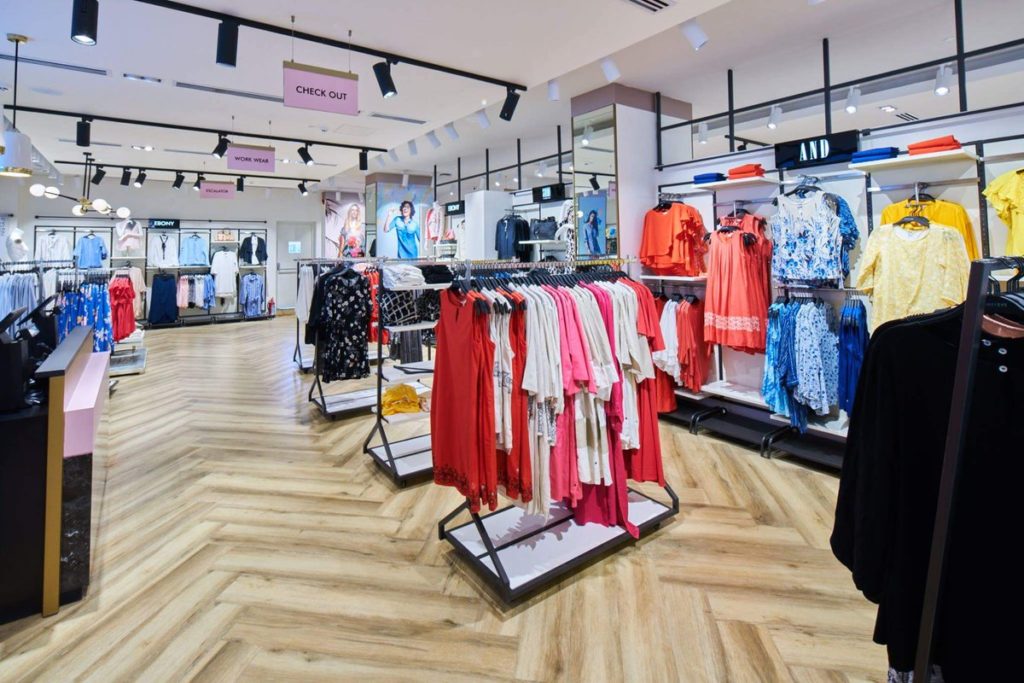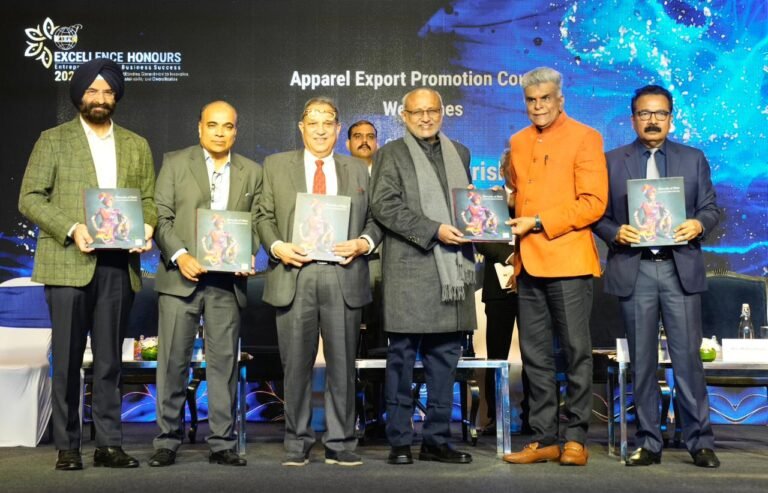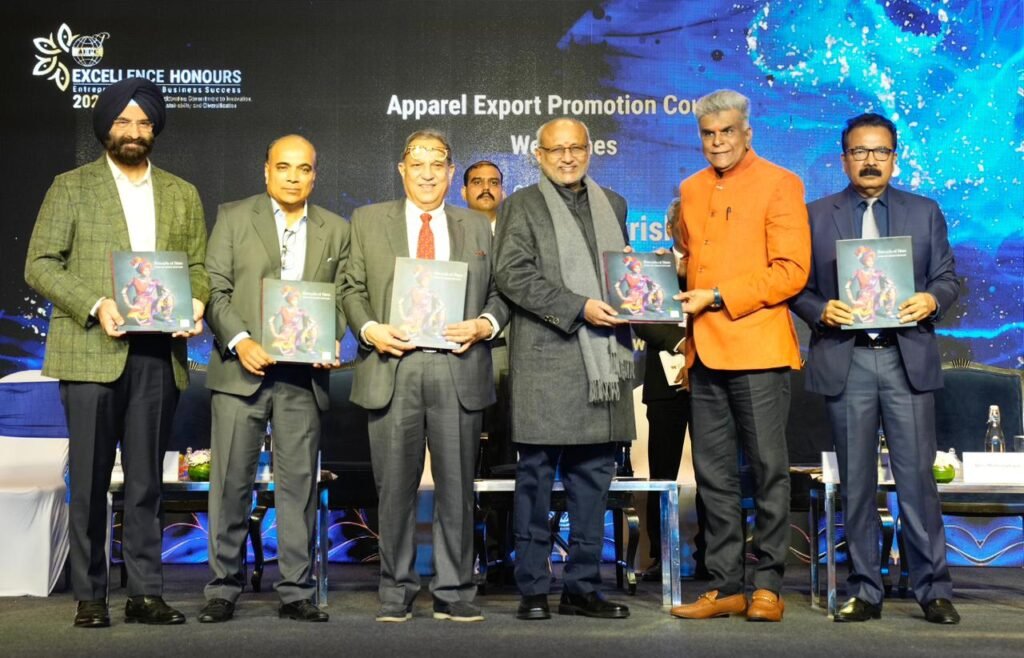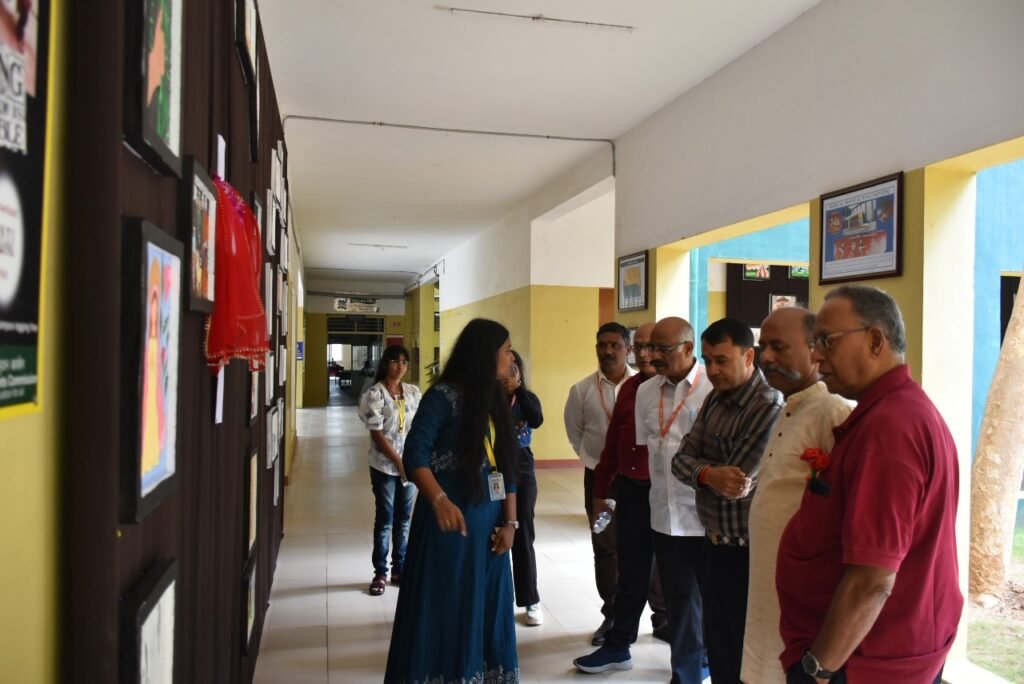
India’s fashion industry is at a crossroads. While global brands hold a significant presence, a burgeoning trend offers exciting possibilities: hyperlocal fashion. This isn’t just a fad; it’s a strategic shift that can reshape the future of garment production and export.
A Goldmine of Untapped Potential
India boasts a diverse population with distinct cultural identities and fashion preferences. Hyperlocal brands cater to these regional nuances, incorporating traditional design elements and craftsmanship. This presents a unique opportunity to:
Target Underserved Markets: Move beyond major metros and tap into the vast potential of Tier 2 and Tier 3 cities. Hyperlocal brands can resonate with these consumers by offering designs that celebrate their heritage and traditions.
Product Differentiation: Stand out in a crowded marketplace with unique, locally-inspired collections. This not only attracts domestic consumers but also positions your brand for niche export markets seeking authentic Indian fashion.
Sustainable Practices: Embrace eco-friendly production by utilizing locally sourced, natural fibers and traditional dyeing techniques. This resonates with environmentally conscious consumers and aligns with global sustainability initiatives.
Empowering Local Communities
Hyperlocal fashion isn’t just about creating unique products and fostering cultural connection; it’s also about empowering the very communities that inspire your designs. Here’s how embracing a hyperlocal approach benefits both your business and the local artisans you collaborate with.
Skilled Workforce
Partnering with local artisans – weavers, embroiderers, dyers, and more – isn’t just about sourcing materials and skills. It’s about tapping into a wealth of knowledge passed down through generations. These artisans possess a deep understanding of traditional techniques, intricate handwork methods, and the unique qualities of local materials. By collaborating with them, you can elevate your product quality. Their expertise can help you create high-quality, handcrafted pieces that stand out in a market saturated with mass-produced goods.
You can also preserve cultural heritage. Traditional crafts are not only beautiful but also tell a story about a region’s history and traditions. By working with artisans, you help keep these crafts alive for future generations. In addition, the fusion of traditional techniques with contemporary design sensibilities can lead to innovative and exciting product lines.
Reduced Lead Times
Forget long wait times and complex logistics! By sourcing materials and producing garments regionally, you can significantly streamline your supply chain. This translates to faster response to market trends. Hyperlocal production allows you to be more nimble and adapt to changing consumer preferences quickly. You can identify local trends and translate them into new collections in a shorter timeframe.
Reduced transportation needs and closer proximity to raw materials and production facilities can lead to greater efficiency and potentially lower production costs. Working directly with local artisans allows for greater transparency in your supply chain. You can be confident about the ethical sourcing and production practices behind your garments.
Brand Advocacy
Hyperlocal brands go beyond selling clothes; they create a sense of community and cultural connection. When your brand reflects the region’s traditions and aesthetics, it resonates with local consumers. They see themselves and their heritage reflected in your products.
By supporting local artisans and businesses, hyperlocal brands become a source of pride for the community. Consumers feel good about buying products that empower their neighbors and celebrate local talent.
Loyal customers become brand advocates, spreading the word about your brand within their social circles. They’ll proudly wear your designs and tell the story behind them to friends and family.
Challenges and Considerations of Hyperlocal Fashion

The hyperlocal fashion movement is brimming with potential, but navigating its growth path requires careful consideration. Here are some key challenges and practical tips to help you bridge these gaps and ensure sustainable success:
Scaling Production
While hyperlocal brands cater to a specific region initially, scaling production to meet wider demand requires strategic planning. Analyze your product line and identify design elements that can be replicated without compromising authenticity.
Build relationships with skilled artisans in neighbouring regions who share similar textile traditions and techniques. Explore options like small-scale production facilities strategically located across your target regions.pen_spark
Ensuring Consistent Quality
Maintaining consistent quality is crucial, but it shouldn’t come at the expense of the unique charm of handcrafted products. Collaborate with artisans to establish clear quality control procedures that ensure consistency without stifling creativity.
Celebrate the inherent beauty of handcrafted items. Slight variations in color, texture, or weave can add to the product’s character and exclusivity. Provide skill development programs to artisans, focusing on traditional techniques and modern quality standards.
Building Brand Awareness Beyond Local Markets
Hyperlocal brands have a unique story to tell. Leverage digital marketing to showcase your brand’s connection to regional traditions, craftsmanship, and the artisans behind your products. Invest in high-quality photos and videos that capture the essence of your brand and the beauty of your products in their regional context.
Utilize platforms like Instagram and Facebook to build a global audience interested in sustainable and authentic fashion. Partner with fashion influencers who appreciate handcrafted and ethically sourced clothing.
Additional Considerations
- Pricing Strategy: Balance the value of handcrafted products with affordability for a wider audience. Consider offering tiered pricing structures with variations in embellishments or materials.
- Logistics and Distribution: Develop efficient logistics and distribution networks to ensure timely delivery to customers beyond your local region.
The Hyperlocal Advantage
The rise of hyperlocal fashion presents a strategic advantage for Indian garment production companies and export businesses. By embracing this trend, you can:
Cater to a Global Audience: Offer a wider range of products that cater to both domestic and international markets seeking unique, authentic Indian fashion.
Sustainable Practices: Highlight your commitment to sustainability through local sourcing and eco-friendly production methods. This appeals to a growing segment of global consumers.
Building Brand Equity: Position your company as a leader in the hyperlocal fashion movement, attracting ethical and socially conscious consumers worldwide.
The Future is Local
The hyperlocal fashion movement is more than just a trend; it’s a strategic shift with the potential to redefine the Indian fashion landscape and reshape the garment production and export ecosystem. By embracing this opportunity, fashion brands, export businesses, and garment production companies can not only tap into a vast and diverse domestic market but also establish a strong foothold in the global market for authentic and sustainable Indian fashion.













